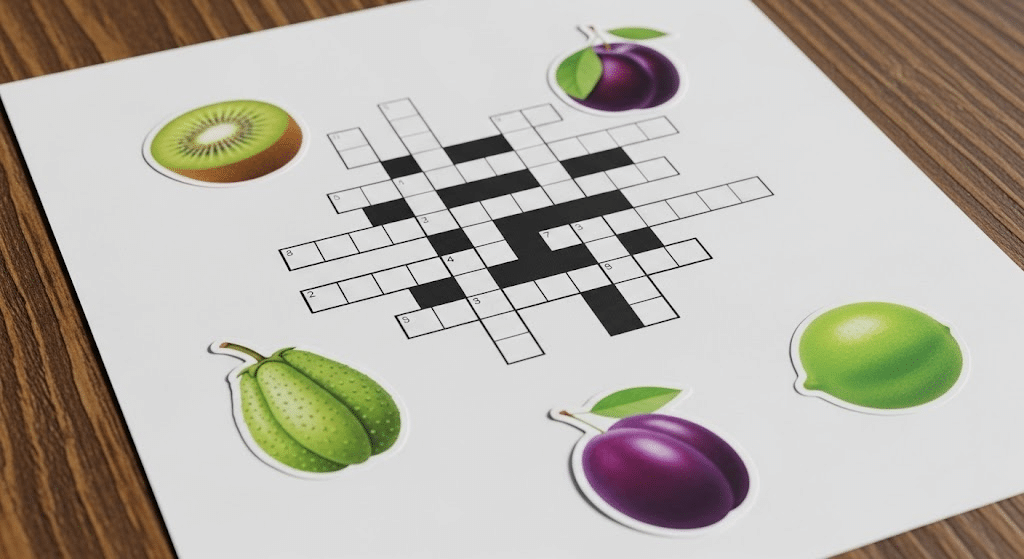Crossword puzzles can be tricky, especially when you need a short fruit name.
Clues asking for four-letter fruits appear frequently in daily puzzles. But when the pressure is on, it’s easy to forget which ones fit.
It’s not just about knowing fruit names, it’s about picking the ones that are exactly four letters long, right when you need them.
In this blog, you’ll find a list of common 4 letter fruits that crossword makers love to use. You’ll also get simple tips to help you remember them faster and finish your puzzle with confidence.
Why 4-Letter Fruits Are Common in Crosswords?
Crossword creators love four-letter words because they fit perfectly into puzzle grids. Short words help builders connect longer answers and fill tight spaces. 4 Letter fruits work well because most people know them, making clues fair for solvers.
These fruit clues frequently appear in daily puzzles. You’ll see them at least once or twice each week in standard crosswords. Puzzle makers rely on the common four-letter fruits because they’re reliable fill-in options that don’t frustrate solvers.
Short fruit names are worth memorizing for good reason. When you know them by heart, you can fill in answers quickly and move on to more challenging clues. This saves time and keeps your solving momentum going strong.
Four-letter fruits also help when you’re stuck on crossing words. Getting one correct fruit answer often gives you letters that help solve intersecting clues. This makes them valuable puzzle-solving tools beyond just fruit knowledge.
Most Common 4 Letter Fruits in Crosswords with Clues
Now that you understand why 4 letter fruits appear so often in crosswords, let’s look at the specific fruits you’ll encounter most.
These common answers appear repeatedly in puzzles, each with its typical clue patterns. Knowing these fruits and their usual hints will speed up your solving and boost your confidence at the grid.
1. Acai
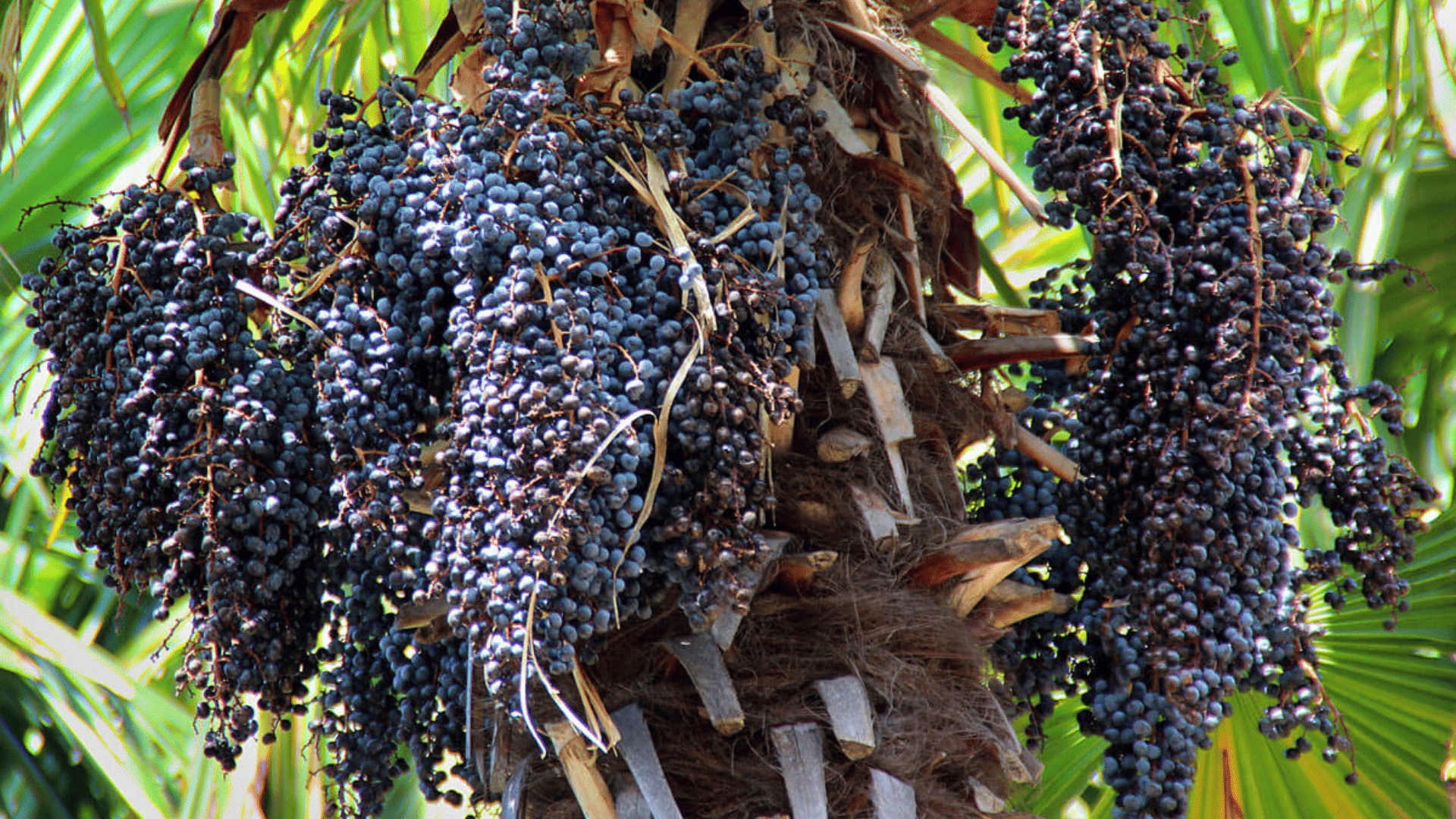
Acai is a small, dark purple berry that grows on palm trees in the Amazon rainforest. Known as a superfood, it is packed with antioxidants and essential nutrients. Acai berries are commonly used in smoothies, bowls, and health supplements worldwide.
- Frequency in Crosswords: Appears occasionally, especially in modern or health-themed puzzles.
- Typical Clues: “Superfruit berry”, “Antioxidant berry”, “Brazilian berry”
2. Bael
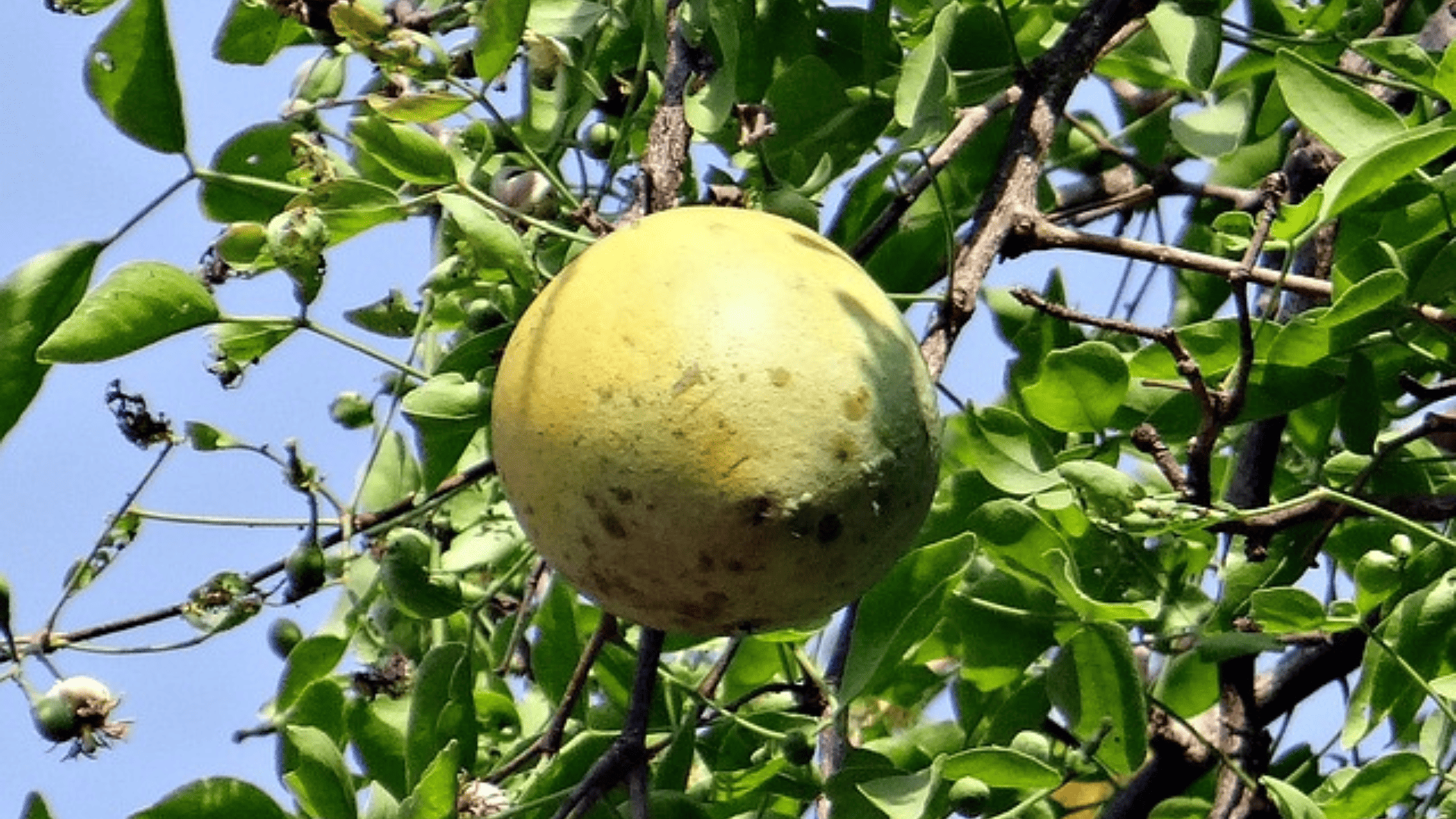
Bael is a hard-shelled, yellow fruit native to India and Southeast Asia. It is prized for its unique flavor and medicinal properties, often used in traditional herbal drinks and remedies. Despite its significance regionally, it remains relatively unknown globally.
- Frequency in Crosswords: Rarely used, mainly in puzzles with exotic or regional fruit themes.
- Typical Clues: “Yellow Indian fruit”, “Tropical fruit”
3. Date

Date is a sweet, chewy fruit that grows on date palm trees, especially common in Middle Eastern and North African cuisines.
Dates are frequently dried and eaten as snacks or incorporated into desserts, prized for their rich sweetness and nutritional value.
- Frequency in Crosswords: Very common; one of the most frequent four-letter fruit answers.
- Typical Clues: “Oasis fruit”, “Palm fruit”, “Fruit found on a calendar”
4. Gean
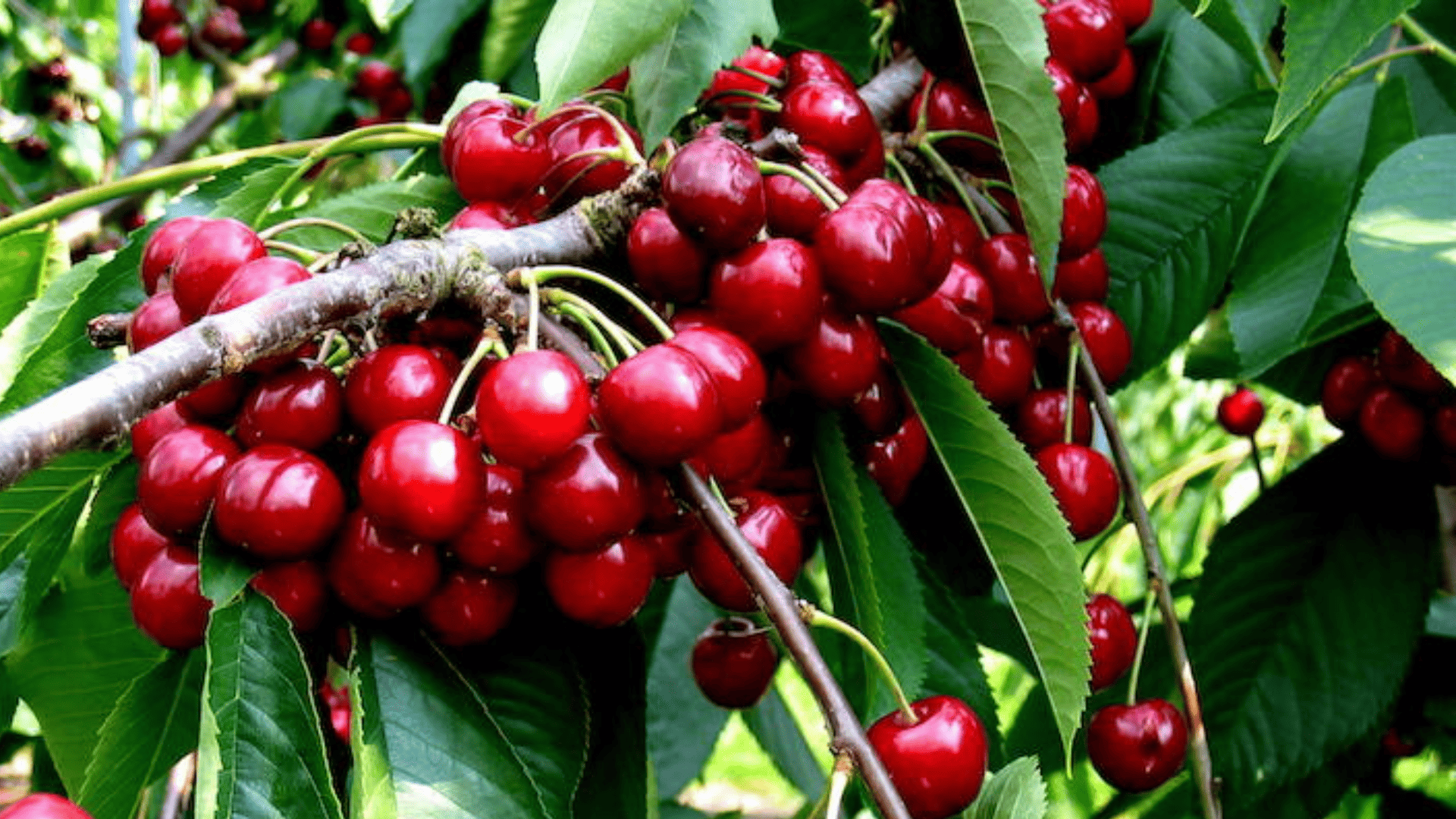
Gean is a type of wild cherry native to parts of Europe, known for its tart flavor and small, round shape. Though not widely consumed today, gean cherries have historical and regional significance and occasionally appear in puzzles as a less familiar fruit option.
- Frequency in Crosswords: Uncommon, but occasionally used for variety.
- Typical Clues: “Wild cherry”, “European cherry”
5. Kiwi
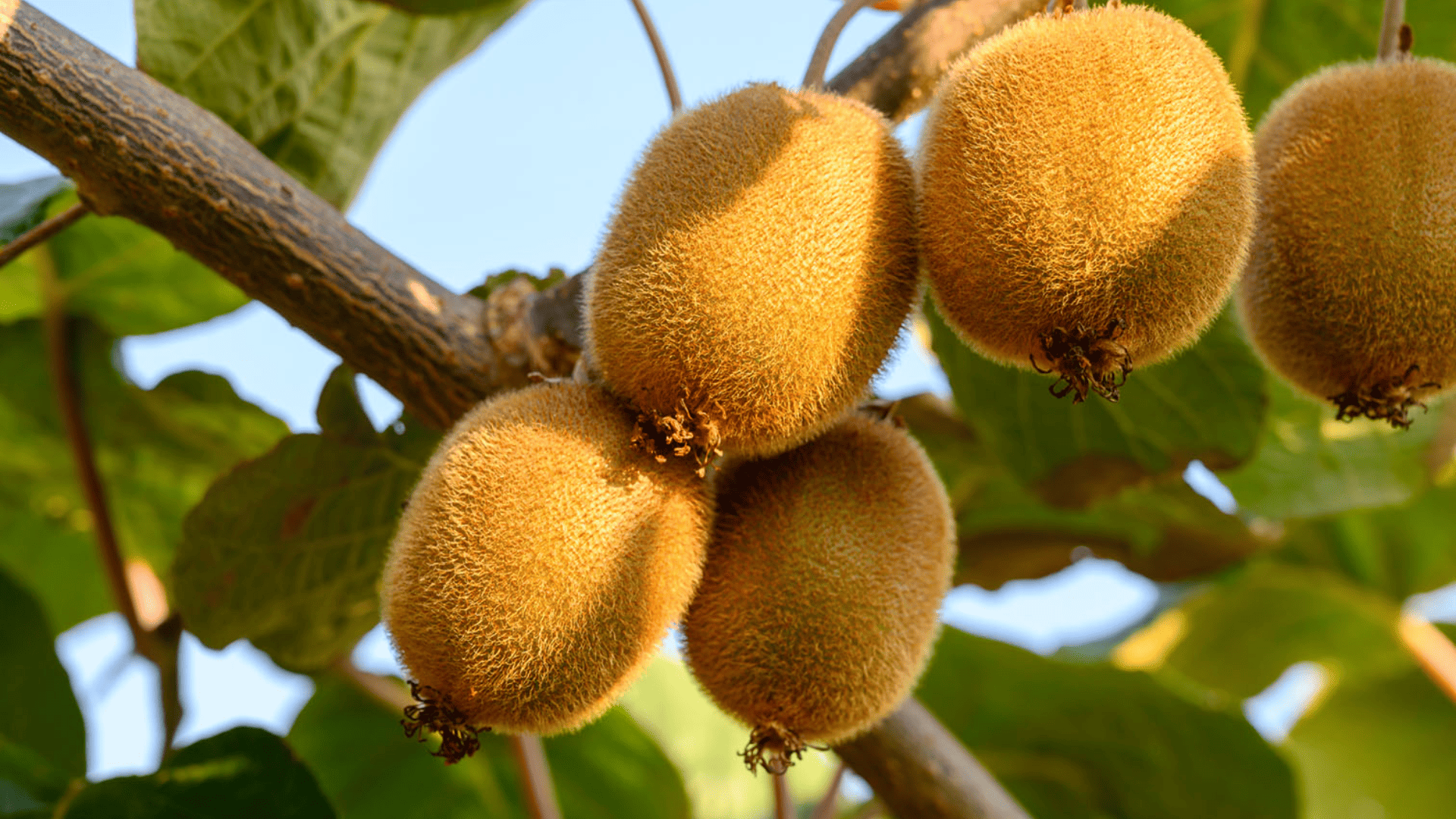
A kiwi is a fuzzy, brown-skinned fruit with vibrant green flesh and tiny black seeds. Originating in New Zealand, it has a sweet yet slightly tangy flavor and is widely popular around the world, often enjoyed fresh or in desserts and salads.
- Frequency in Crosswords: Very common and a favorite in puzzles.
- Typical Clues: “New Zealand fruit”, “Fuzzy fruit”, “Green fruit”
6. Lime
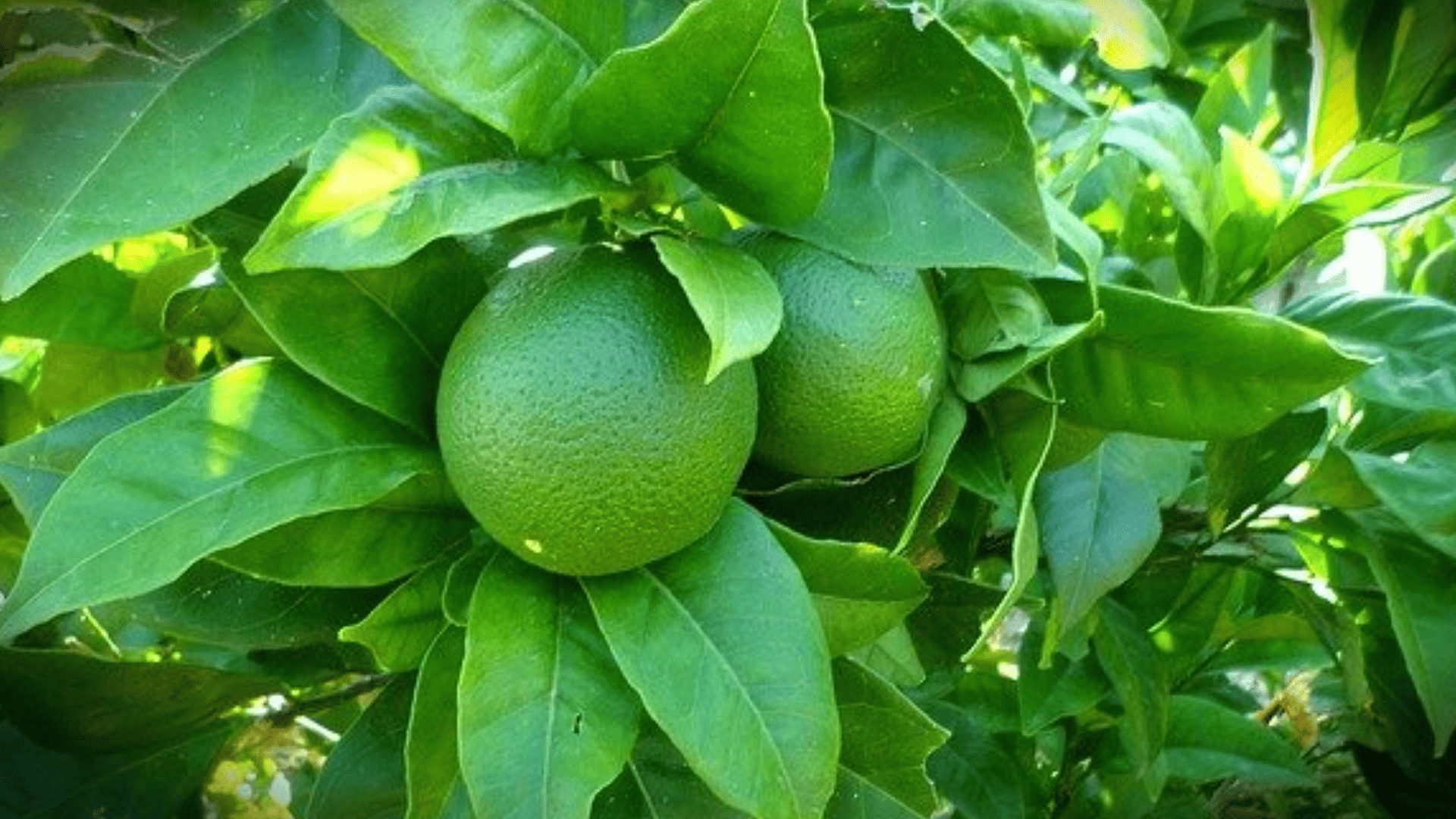
Lime is a small, green citrus fruit with a sharp, tangy flavor, widely used in cooking, beverages, and as a garnish. It is a key ingredient in many cocktails and culinary dishes, valued for its refreshing acidity and bright aroma.
- Frequency in Crosswords: Very common, especially in food and drink-themed puzzles.
- Typical Clues: “Margarita fruit”, “Green citrus”, “Pie fruit”
7. Nere
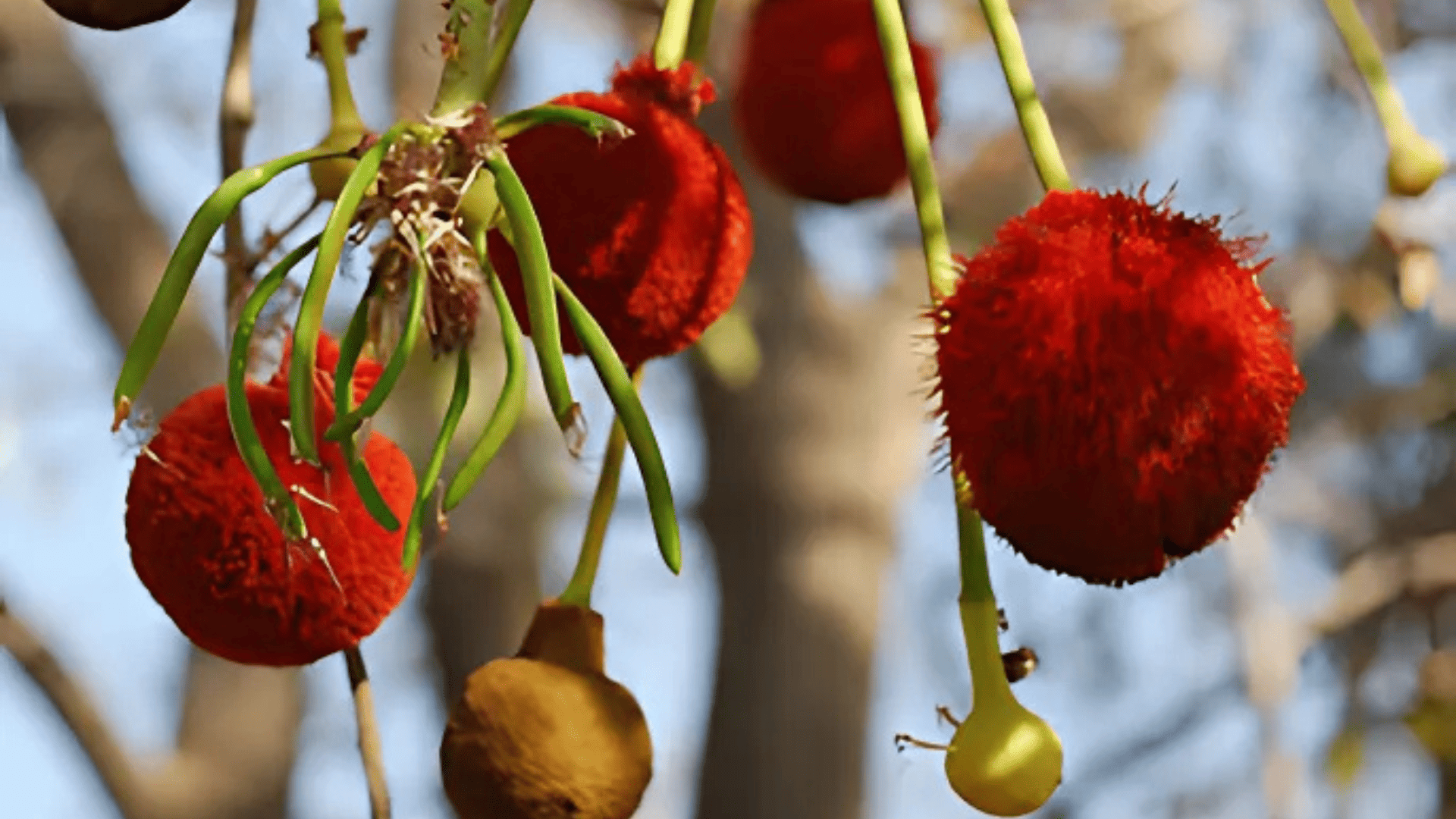
Nere is the fruit of the African locust bean tree, traditionally used in West African cooking. The fruit and seeds are often fermented or processed into condiments, though they remain relatively obscure outside their native region.
- Frequency in Crosswords: Rare, mostly in specialized or regional puzzles.
- Typical Clues: “African fruit”, “Locust bean fruit”
8. Ogen
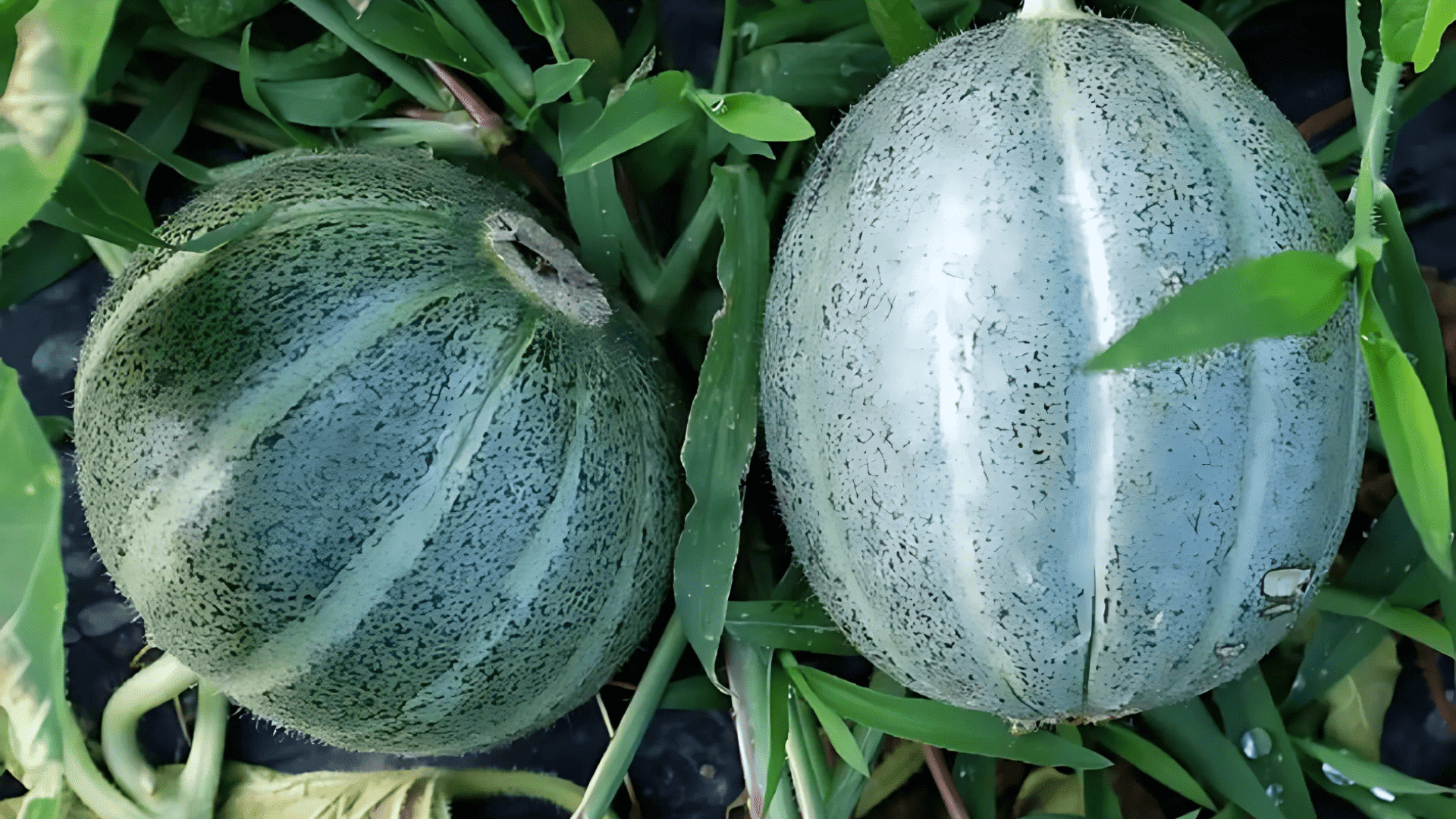
Ogen is a sweet, aromatic melon cultivated initially in Israel. It features pale green, juicy flesh that is enjoyed fresh during the summer months. Although less well-known internationally, it occasionally appears in puzzles that focus on diverse fruits.
- Frequency in Crosswords: Uncommon, used mainly in puzzles with diverse fruit themes.
- Typical Clues: “Israeli melon”, “Sweet melon”
9. Pear
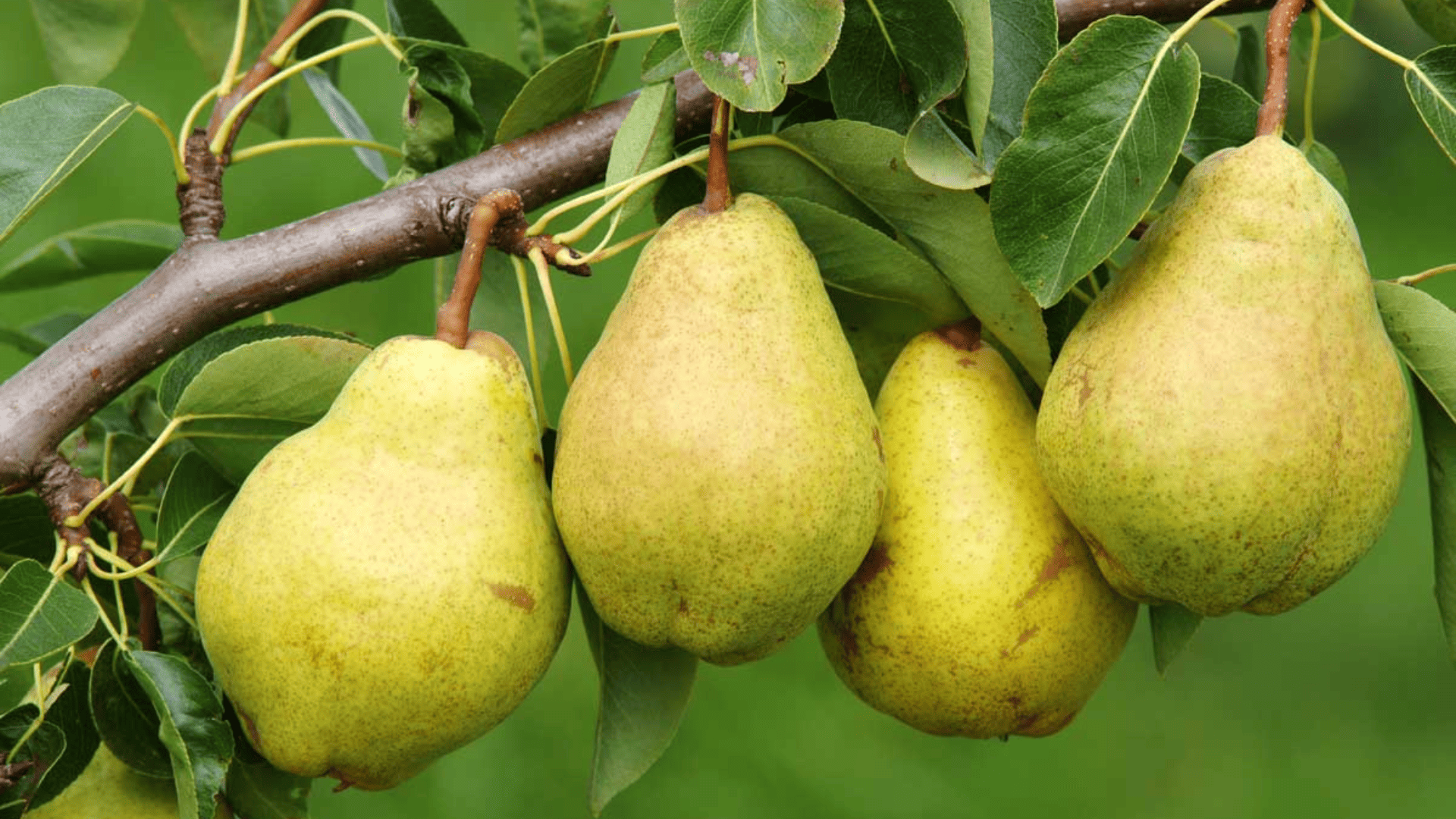
Pear is a bell-shaped fruit with smooth skin and juicy, sweet flesh. It is a staple in many orchards worldwide, commonly eaten fresh or used in baking, preserves, and fruit salads. Pears have a nice flavor and soft texture when ripe.
- Frequency in Crosswords: Very common and frequently used.
- Typical Clues: “Orchard fruit”, “Bell-shaped fruit”, “Fruit cocktail fruit”
10. Plum
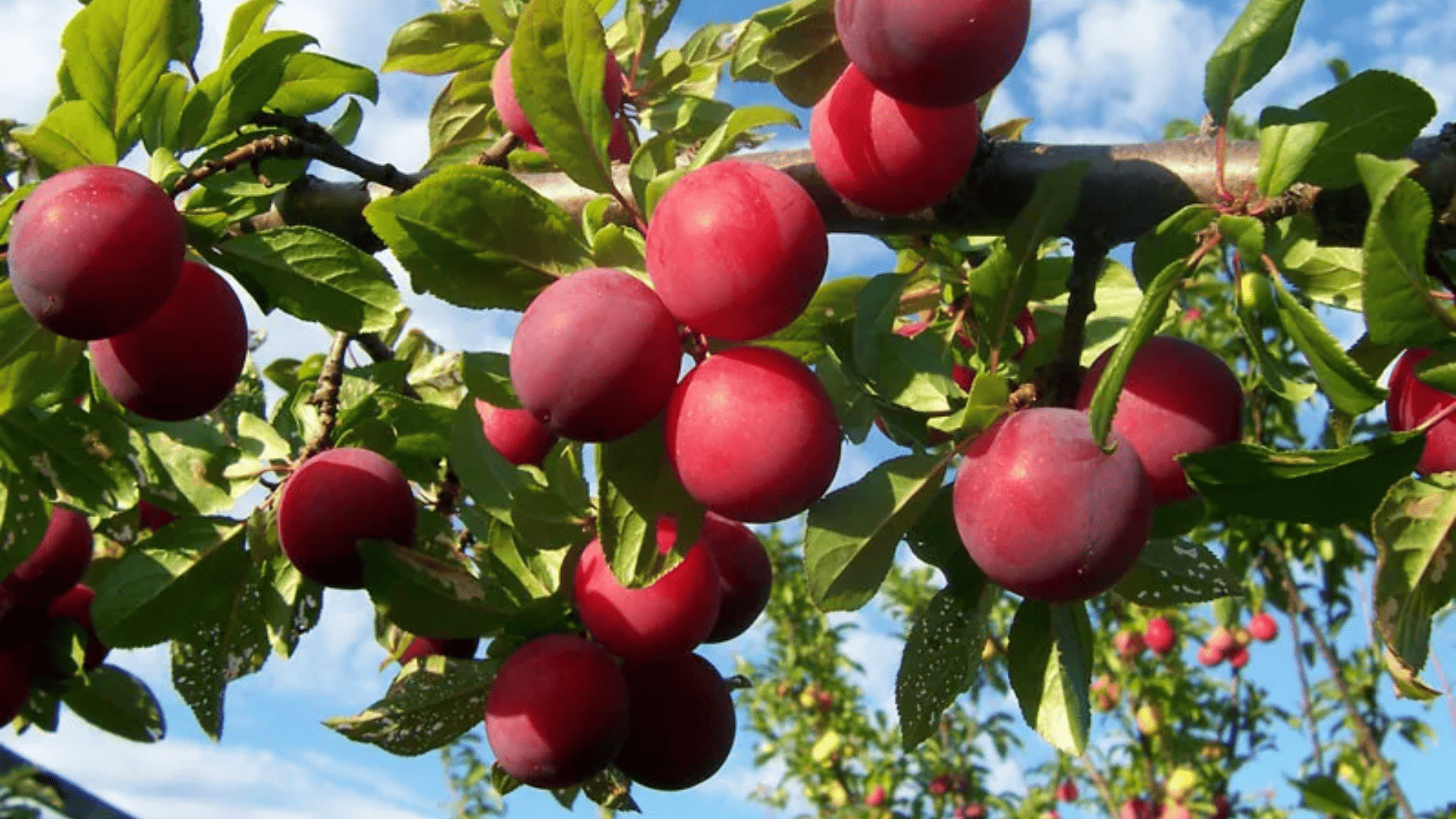
Plum is a round fruit with smooth, often purple or red skin and juicy flesh. It’s enjoyed fresh, dried (as prunes), or in jams and desserts. Known for its balance of sweet and tart flavors, plum is a frequent choice in seasonal recipes.
- Frequency in Crosswords: Common and well-known in puzzles.
- Typical Clues: “Purple fruit”, “Pudding fruit”, “Jack Horner’s fruit”
11. Sloe
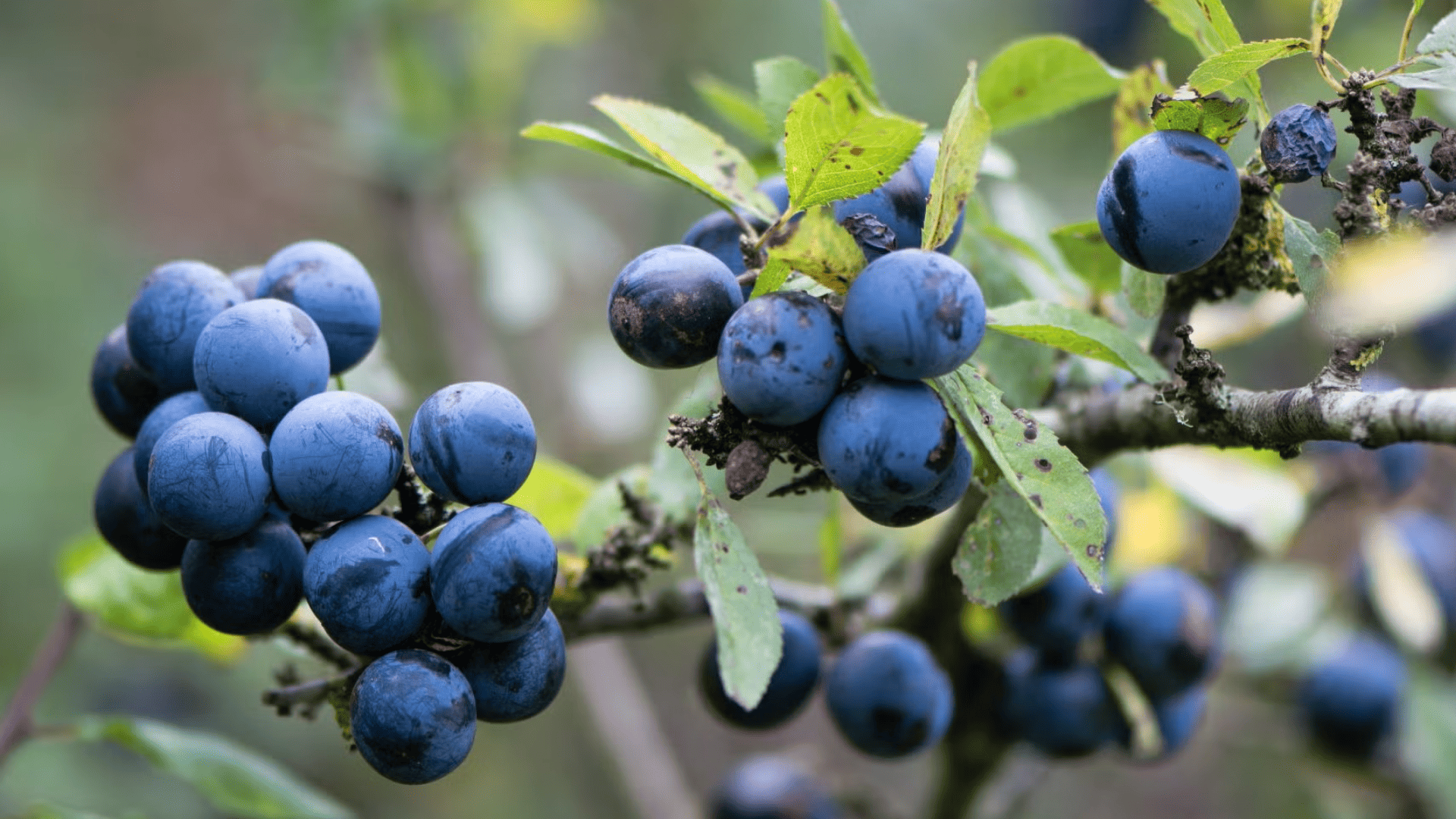
Sloe is a small, tart berry that grows on the blackthorn bush. It is traditionally used to flavor sloe gin and make jams and preserves. The fruit is quite bitter when raw, but prized for its distinctive taste after processing.
- Frequency in Crosswords: Less common, but appears in more challenging puzzles.
- Typical Clues: “Gin flavoring fruit”, “Blackthorn berry”, “Tart fruit”
12. Ugli
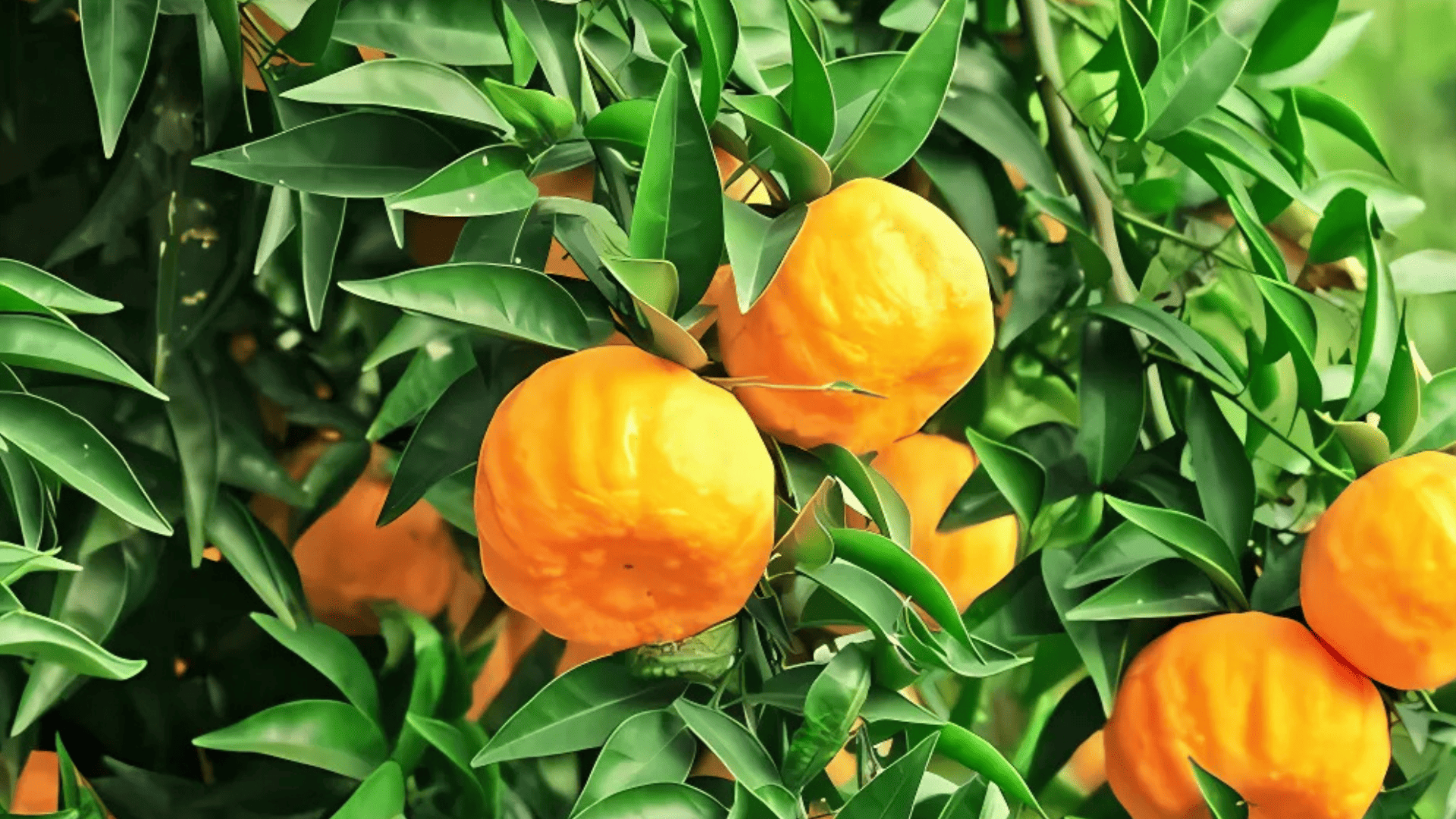
Ugli fruit is a Jamaican citrus hybrid with rough, wrinkled skin and a unique, tangy-sweet flavor. It’s a cross between grapefruit, orange, and tangerine, offering a flavorful alternative to common citrus fruits.
- Frequency in Crosswords: Occasionally used, especially in puzzles featuring exotic fruits.
- Typical Clues: “Wrinkled citrus”, “Jamaican fruit”
13. Yuzu
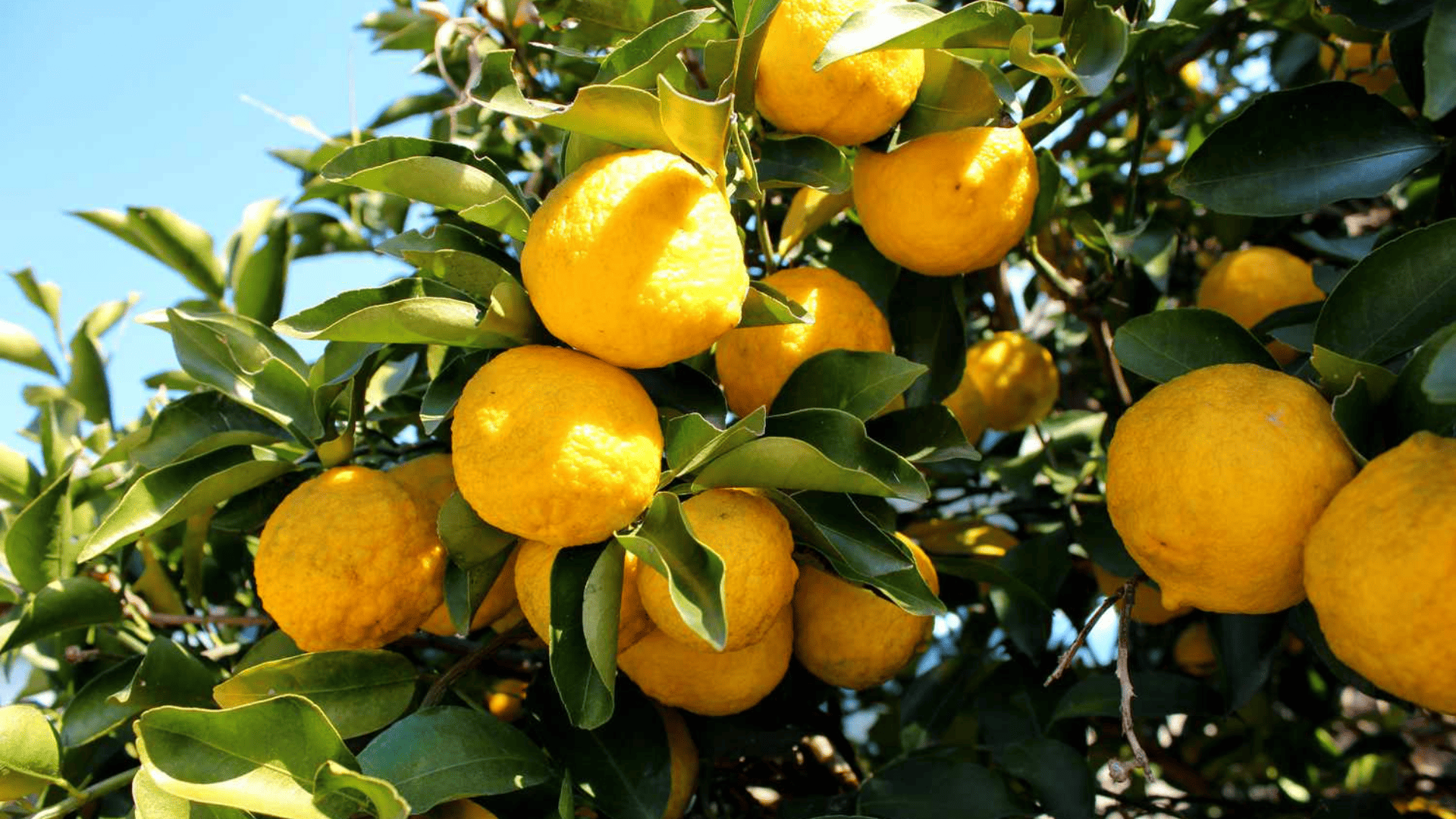
Yuzu is a small, fragrant citrus fruit native to East Asia, primarily cultivated in Japan, China, and Korea. It has a tart, complex flavor often described as a blend of lemon, mandarin, and grapefruit. It is widely used in sauces, dressings, desserts, and beverages, but rarely eaten fresh.
- Frequency in Crosswords: Relatively rare in traditional puzzles but gaining popularity in modern exotic fruit clues.
- Typical Clues: “Japanese citrus”, “Aromatic citrus”, “East Asian fruit”
Quick Tips for Solving 4-Letter Fruits Crossword Answers
Beyond knowing the 4 letter fruits themselves, successful solvers need smart strategies for tackling these clues.
The right approach can turn a puzzling four-letter fruit question into a quick win. These proven techniques will help you spot answers faster and solve with greater accuracy, even when the clues seem tricky at first glance.
- Look for color, shape, or origin hints when reading clues. Words like “green fruit” point to LIME, while “New Zealand fruit” suggests KIWI.
- Recognize puns or double meanings that crossword makers love using. A clue like “fruit found on a calendar” cleverly hints at DATE.
- Consider regional or less common fruits in challenging puzzles. Advanced crosswords might use BAEL or SLOE instead of obvious choices.
- Use the length and intersecting letters to narrow down your options. If you have L_M_, LIME becomes the clear answer.
- Consider common crossword puzzle fruit staples like kiwi, lime, and pear first. These appear most often in puzzles, so try popular options before moving to unusual fruits.
- Remember that some fruits might also be used metaphorically in clues, so keep your mind open to creative interpretations.
The Bottom Line
Mastering 4 letter fruits gives crossword solvers a real advantage in daily puzzles.
The key is building your fruit vocabulary through practice. Start with the most frequent crossword fruits, then expand to regional varieties as you tackle harder puzzles.
Pay attention to clue patterns and wordplay hints that signal fruit answers.
What’s your favorite four-letter fruit that shows up in crosswords? Share your go-to puzzle-solving tips in the comments below! If you found this guide helpful, let me know which fruits you’d like to see covered next.


